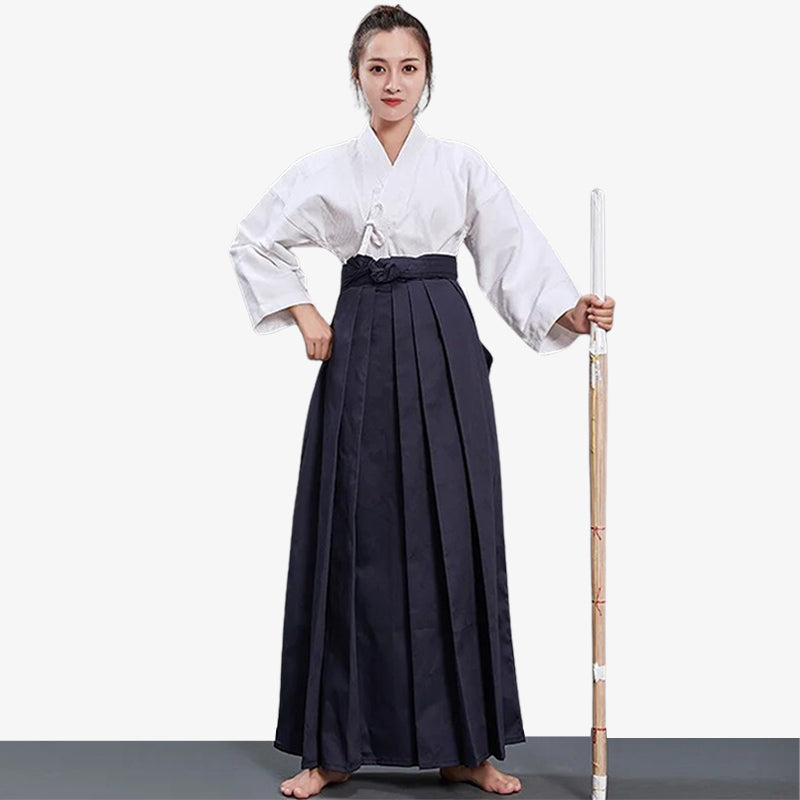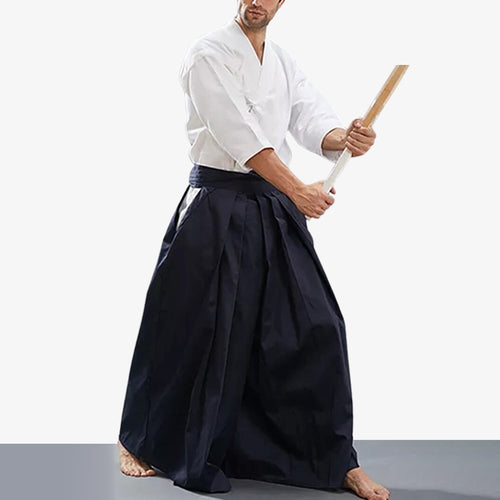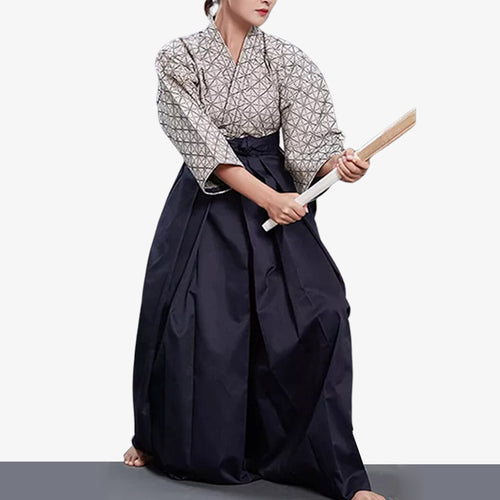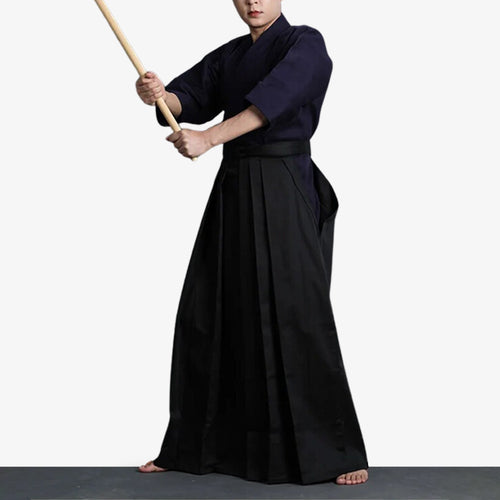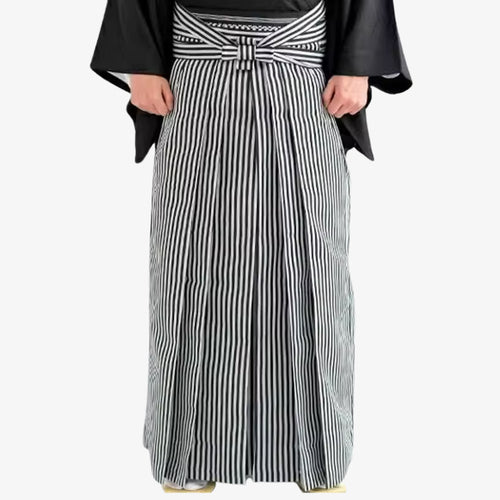Womens Hakama

Choose these Hakama Pants Womens, combining Japanese tradition with optimum performance.
These Hakama pants are the ultimate equipment for Aikido, Kendo and other Japanese martial artists. They offer a perfect fusion of tradition, functionality and respect for the discipline. This Japanese hakama is specially designed to meet the demands of the most dedicated practitioners. These Japanese combat pants are ideal if you're looking for performance and unrivalled comfort on the tatami.
- 100% cotton fabric with a heavy, high-quality weight
- Traditional Japanese martial arts garment
- Package does not contain Shinai (wooden katana)
- Get a complete outfit by ordering the White Hakama and Keikogi set.
- Consult the size guide before ordering your martial arts pants!
Shipping Information
ORDER PREPARATION
Between one and two days
DELIVERY TIME
🇺🇸 & 🌐 : seven to fourteen business days
14-Days Guarantee
You have 14 days to return your item. Please contact us first via the contact form or by email: info@kimurakami.com. The after-sales service will tell you the return process.
Track My Order
Track the progress of your order by clicking here.
Check your parcel directly on the carrier's website.
Tracking information will be available approximately 6 days after receipt of your tracking number.


